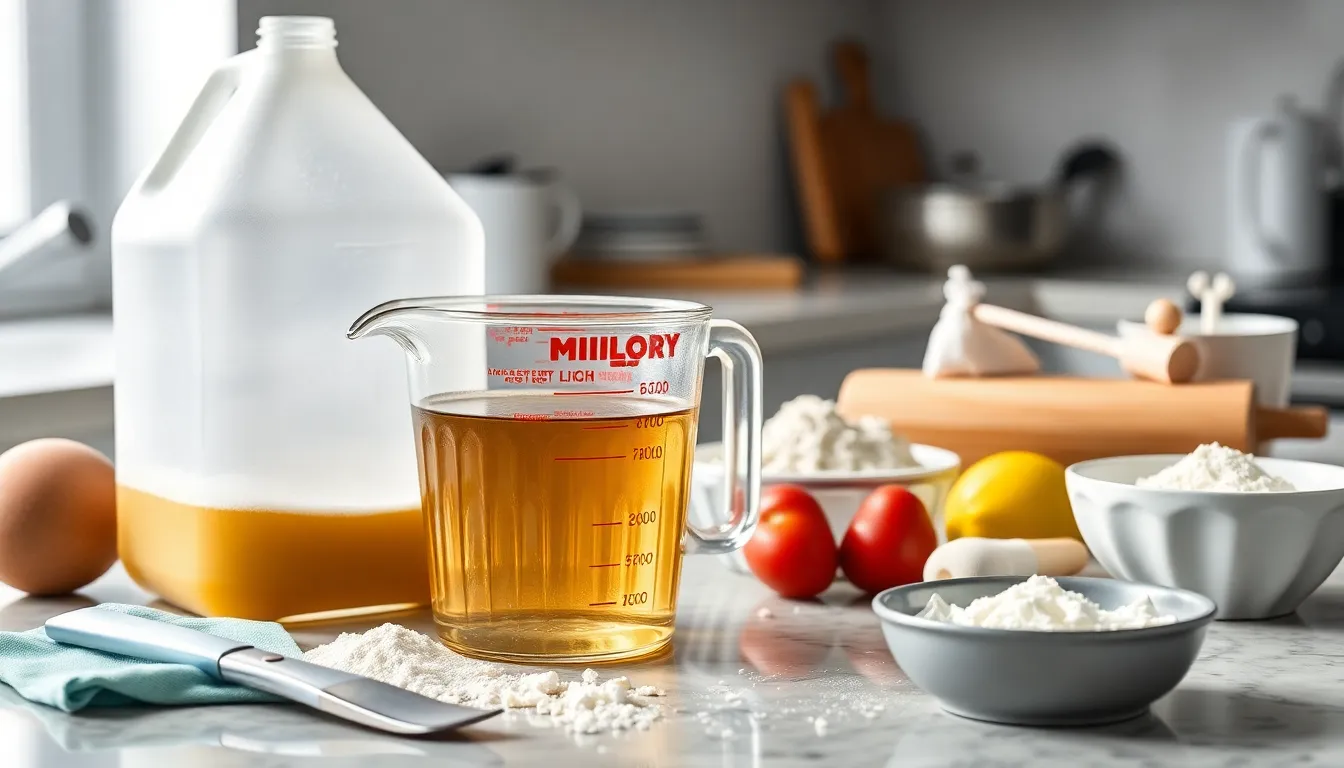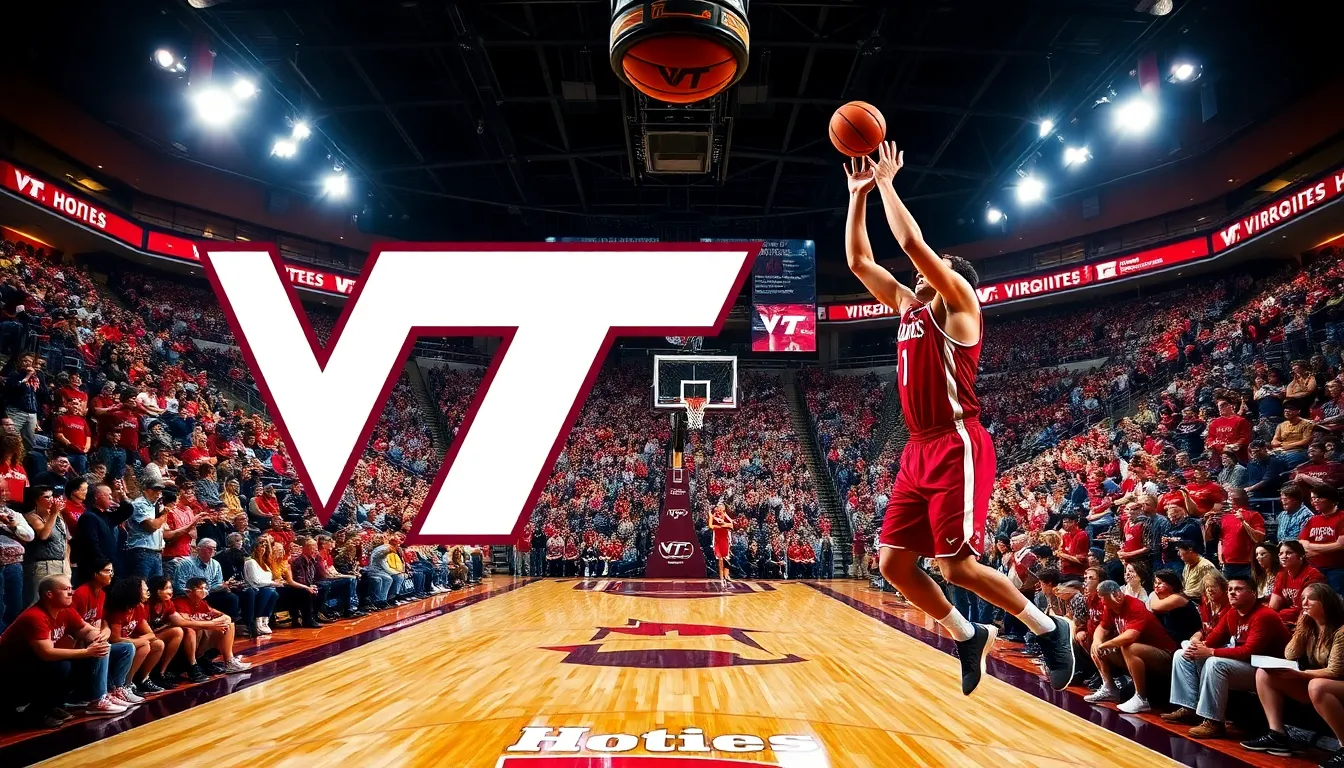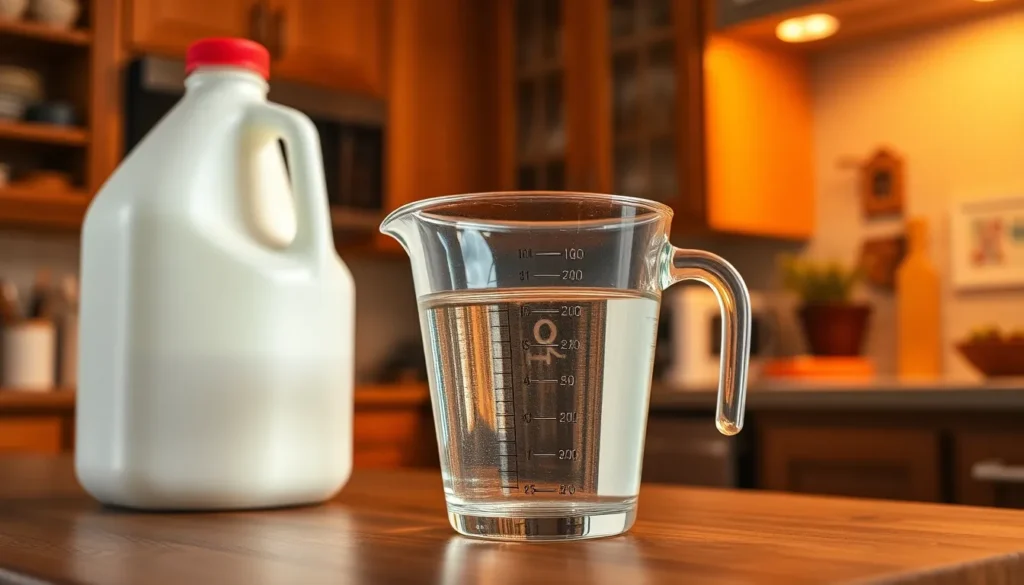Table of Contents
ToggleUnderstanding liquid measurements is essential for cooking, baking, and various DIY projects. When it comes to gallons and quarts, many people find themselves confused about the relationship between these two common units. Knowing that there are 4 quarts in a gallon can simplify tasks and enhance accuracy in recipes or projects.
This article delves into the conversion between quarts and gallons, explaining why this knowledge is useful. Whether you’re a seasoned chef or a weekend warrior tackling home improvement tasks, grasping this fundamental measurement can make a significant difference. Let’s explore the importance of this conversion and how it can benefit everyday activities.
Understanding Quarts and Gallons
Understanding the units of measurement for liquids, such as quarts and gallons, is essential for various tasks. Knowing their relationship aids in accurate measurement for cooking and other activities.
What Is a Quart?
A quart is a unit of liquid capacity in both the US customary and imperial systems. One quart equals 1/4 of a gallon, approximately 0.946 liters. Quarts are often used in recipes and for measuring beverages, making them valuable for both cooking and serving.
What Is a Gallon?
A gallon is a larger unit of liquid capacity widely used in the US customary and imperial systems. One gallon equals 4 quarts or approximately 3.785 liters. Gallons commonly measure quantities for larger recipes or when purchasing liquids in bulk, such as milk or gasoline.
Conversion Basics

Understanding the conversion between quarts and gallons is crucial for accurate liquid measurements. Grasping these values aids in cooking, baking, and other liquid-related tasks.
Why Learn About 4 Quarts in a Gallon?
Learning about the relationship between quarts and gallons impacts various activities. Recognizing that 4 quarts comprise a gallon facilitates:
- Cooking efficiency: Recipes often specify ingredient quantities in quarts and gallons, making conversions essential for precise measurements.
- Smooth baking experiences: Baking requires accuracy, and knowing the quart-to-gallon ratio minimizes errors.
- Home improvement projects: Tasks like painting or mixing liquids benefit from understanding these measurements, ensuring proper amounts.
Conversion Formula
The conversion formula between quarts and gallons provides clarity in measurements. The straightforward relationship states:
- 1 gallon = 4 quarts
- 1 quart = 0.25 gallons
This formula simplifies conversions for any volume measurement involving these two units. For example, to convert 8 quarts to gallons, divide by 4, resulting in 2 gallons. Understanding this conversion enhances precision in tasks and makes it easier to manage liquid quantities.
Practical Applications
Understanding the relationship between quarts and gallons has real-world applications that enhance efficiency in various activities, especially in cooking, baking, and measuring liquids.
Cooking and Baking
Accurate liquid measurements are crucial in cooking and baking. Many recipes specify ingredients in quarts, so knowing that 4 quarts equal 1 gallon simplifies ingredient calculations for large batches. For instance, a soup recipe requiring 3 quarts of broth can easily be converted to gallons, amounting to 0.75 gallons. This conversion aids in meal preparation and reduces waste, ensuring recipes turn out as intended.
Measuring Liquids
In several settings, proper liquid measurement becomes essential. Professionals in hospitality often utilize gallons for bulk ingredient purchases, while home cooks may prefer using quarts for smaller recipes. Common liquids such as water, milk, and oil are frequently measured in quarts. Understanding the quart-to-gallon ratio enables precise inventory management in restaurants and ensures accuracy in home projects, like mixing paint. For example, converting 2 gallons of paint into quarts results in 8 quarts, which streamlines the application process.
Common Misconceptions
Understanding liquid measurements often comes with confusion. Misconceptions about quarts and gallons can lead to errors in recipes and projects.
Myths About Liquid Measurements
Myths surrounding liquid measurements frequently arise. One common myth suggests that quarts and gallons measure the same volume. In reality, 1 gallon equals 4 quarts, establishing a fundamental conversion. Another myth claims that quarts are used only for smaller quantities. Quarts, while often applied in recipes, also play a role in larger purchases, especially for liquids like milk or oil. Some believe that all liquids measure the same in different units, which isn’t true; fluidity and viscosity can impact how they should be measured and converted.
Clarifying Quarts vs. Gallons
Clarifying the distinction between quarts and gallons is essential for accurate measurements. A quart represents 1/4 of a gallon. This relationship underscores the need for proper conversions during cooking and DIY tasks. For precise measurement, one gallon contains approximately 3.785 liters, while one quart contains about 0.946 liters. Recognizing these values aids in ensuring accurate liquid quantities across various uses, from grocery shopping to culinary applications. Properly differentiating between quarts and gallons enhances both cooking accuracy and project efficiency, aiding individuals in achieving desired results.
Understanding the relationship between quarts and gallons is essential for anyone involved in cooking, baking, or DIY projects. Recognizing that 4 quarts equal 1 gallon not only simplifies measurements but also enhances efficiency in various tasks. This knowledge empowers individuals to manage liquid quantities accurately, whether they’re preparing a meal or tackling a home improvement project.
By mastering these conversions, cooks can follow recipes with confidence and avoid costly mistakes. Additionally, knowing how to switch between these units can streamline processes in professional settings, ensuring that both home cooks and industry professionals achieve their desired outcomes. Embracing this understanding of liquid measurements ultimately leads to better results and a more enjoyable experience in the kitchen and beyond.







